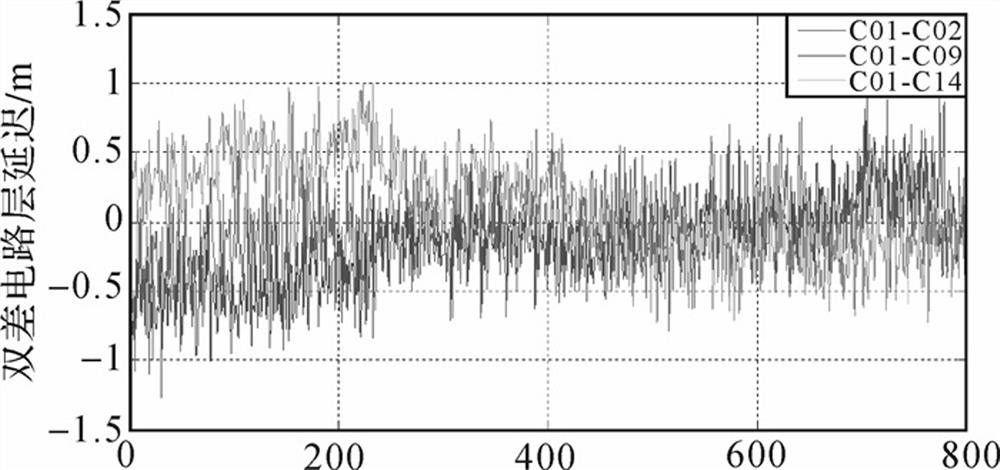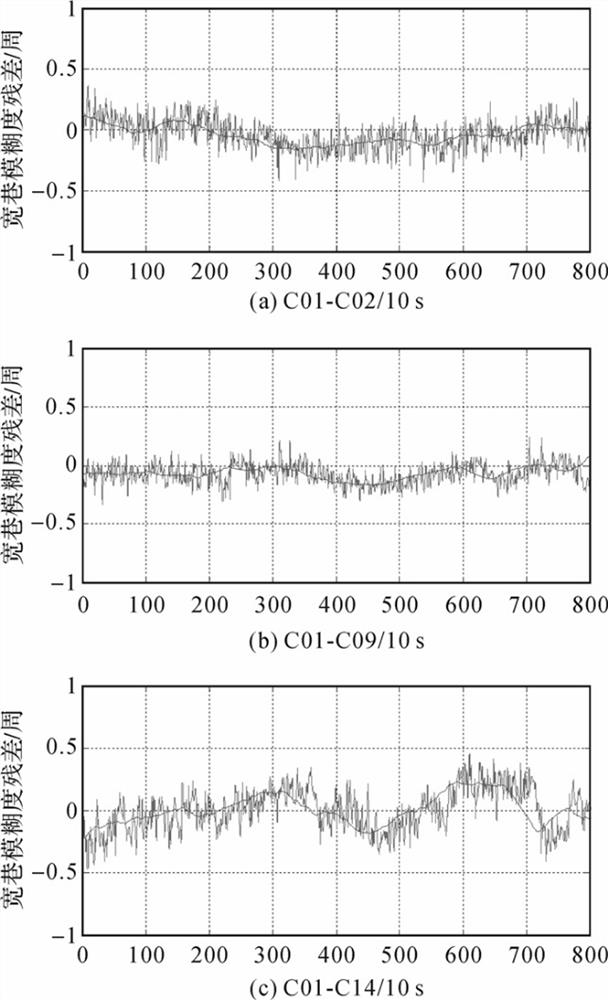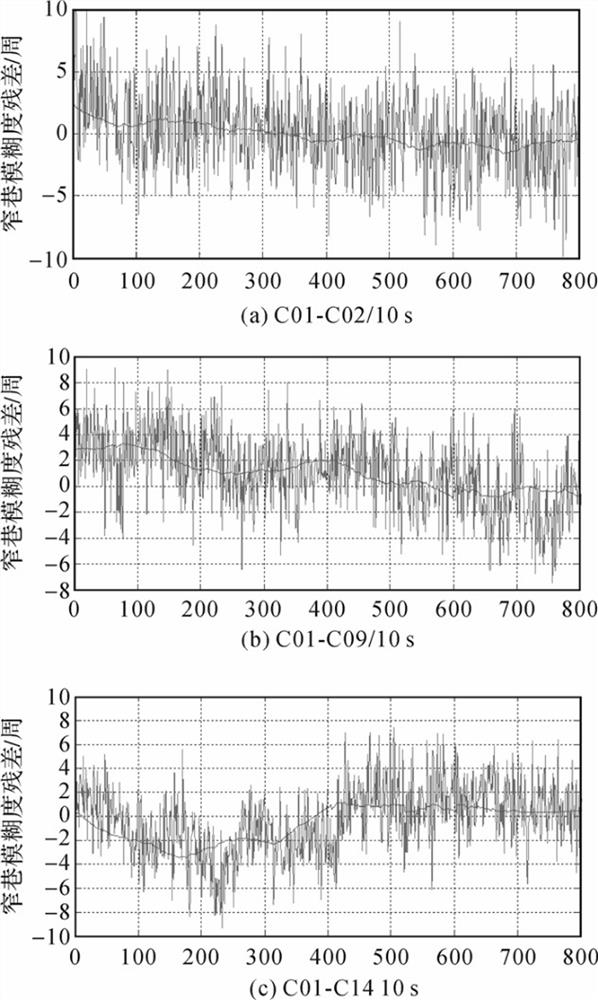BDS or GPS-based medium-long baseline multi-frequency RTK positioning rapid convergence method
A fast convergence, medium and long base technology, applied in the field of satellite navigation signal processing, it can solve the problems of low success rate of ambiguity resolution, poor quality of observations, large ionospheric delay error and tropospheric delay error, etc.
- Summary
- Abstract
- Description
- Claims
- Application Information
AI Technical Summary
Problems solved by technology
Method used
Image
Examples
Embodiment Construction
[0020] The specific implementation of the BDS or GPS-based fast convergence method for medium and long baseline multi-frequency RTK positioning of the present invention will be described in detail below.
[0021] Through the long baseline multi-frequency RTK positioning algorithm in BDS or GPS, the two ultra-wide lane ambiguities of BDS are quickly fixed with a high success rate, and then the BDS wide lane ambiguity is obtained by transformation, and then used to assist in improving the GPS wide lane ambiguity Finally, the strategy of parameterizing the ionospheric delay error and the tropospheric delay error is adopted to speed up the convergence speed of the narrow-lane ambiguity floating-point solution, shorten the time for the first fixation of the ambiguity, and use the wide-lane ambiguity solution model and The floating-point solution is calculated by the Kalman filter method with added wide-lane ambiguity parameters. The double-difference observation equation in GNSS rel...
PUM
 Login to View More
Login to View More Abstract
Description
Claims
Application Information
 Login to View More
Login to View More - R&D
- Intellectual Property
- Life Sciences
- Materials
- Tech Scout
- Unparalleled Data Quality
- Higher Quality Content
- 60% Fewer Hallucinations
Browse by: Latest US Patents, China's latest patents, Technical Efficacy Thesaurus, Application Domain, Technology Topic, Popular Technical Reports.
© 2025 PatSnap. All rights reserved.Legal|Privacy policy|Modern Slavery Act Transparency Statement|Sitemap|About US| Contact US: help@patsnap.com



